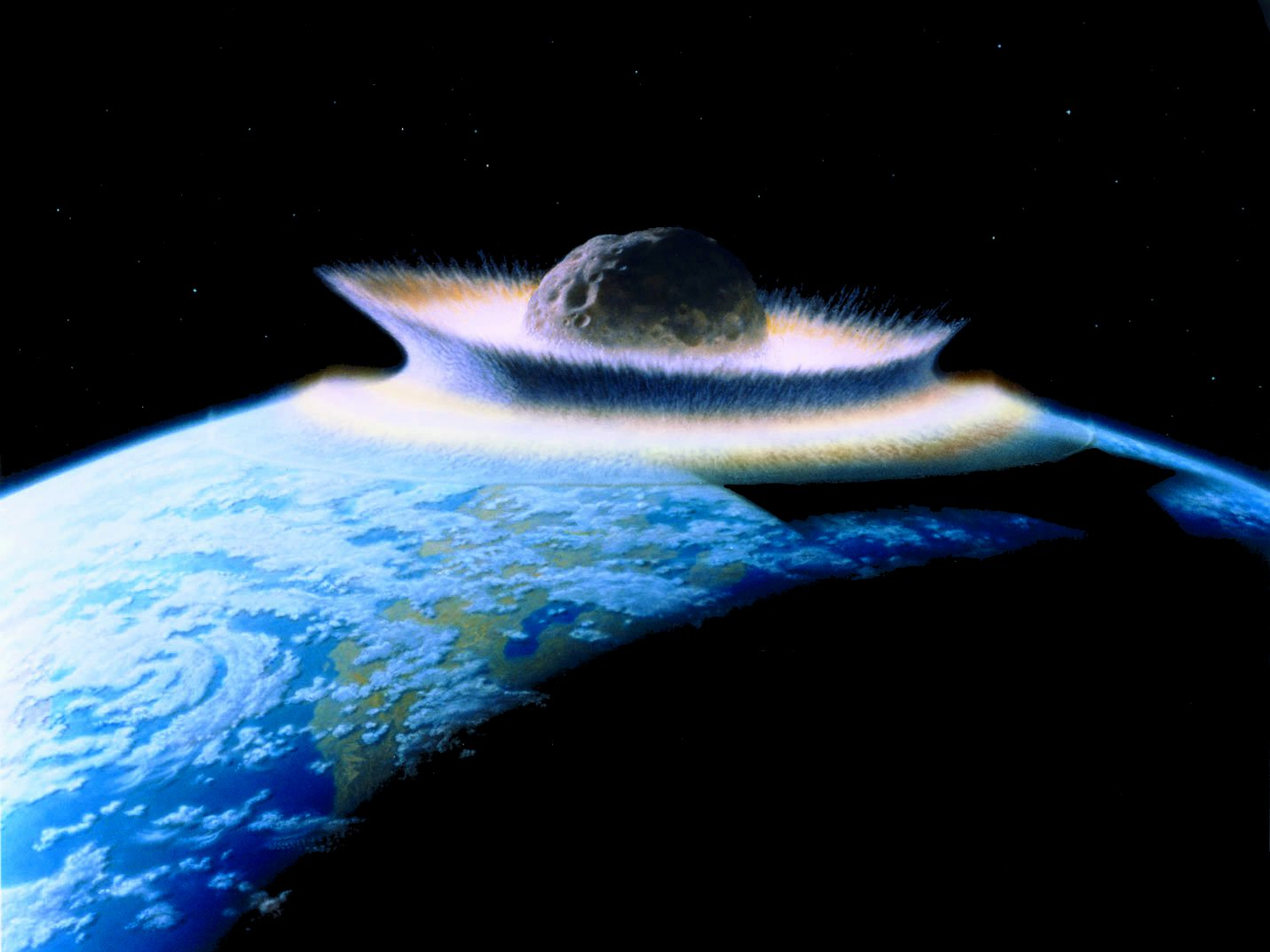- A massive asteroid struck present-day Mexico 66 million years ago. The impact contributed to the extinction of the dinosaurs and 75% of life on Earth at the time.
- By analyzing rocks from deep in the asteroid crater, scientists were able to reconstruct what happened during the day after the impact.
- The samples revealed that the asteroid crash caused a mile-high tsunami, wildfires, and the release of billions of tons of sulfur, which blotted out the sun and led the planet to cool.
- While many dinosaurs died near the impact site, the creatures likely went extinct overall because of the resulting temperature changes.
- Visit Business Insider’s homepage for more stories.
Scientists have long accepted that an asteroid that struck Earth 66 million years ago contributed to the extinction of the dinosaurs.
But there are myriad theories as to what, precisely, happened to our planet and its prehistoric inhabitants after the impact. Some explanations for the dinosaurs’ disappearance blame clouds of debris and soot that blotted out the sun and cooled the planet, while others say it was noxious gases from worldwide volcanic eruptions, or even a great plague.
According to a new study in the journal Proceedings of the National Academy of Sciences, global cooling was the culprit.
On impact, the research found, the Chicxulub asteroid – which was more than 6 miles wide – sparked wildfires that stretched for hundreds of miles, triggered a mile-high tsunami, and released billions of tons of sulfur into the atmosphere. That gaseous haze blocked the sun, cooling the Earth and dooming the dinosaurs.
The dinosaurs fried and then froze, Sean Gulick, the lead author of the study, said in a press release.
Examining the Chicxulub crater
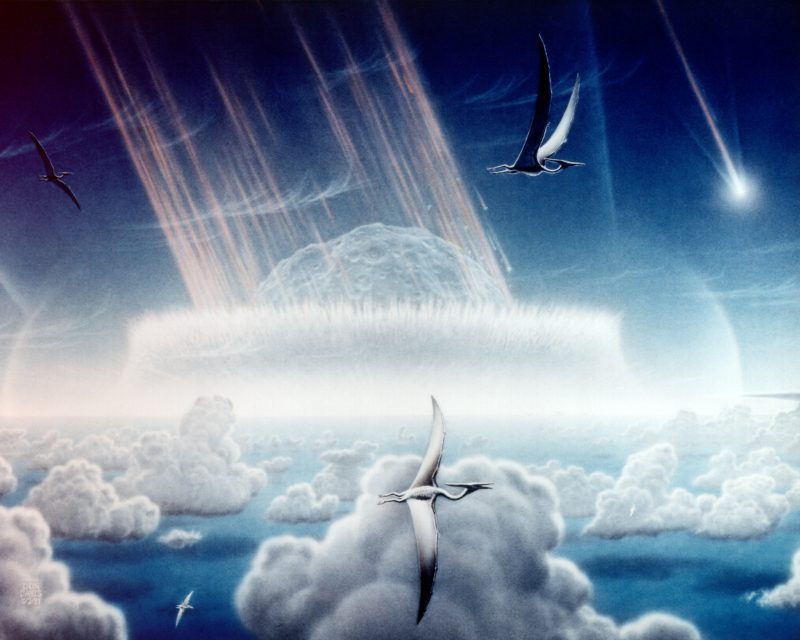
To better understand what happened on that fateful day in our planet's history, the scientists behind the new study conducted an in-depth examination of the Chicxulub impact crater - a challenging feat, given that the crater extends 12 miles into the depths of the Gulf of Mexico.
Gulick and his colleague Joanna Morgan collected rock samples there in 2016, from a part of the crater in which rock and debris were deposited just after the asteroid's impact. No rocks from that area had ever been extracted before.
Gulick and Morgan then spent the next three years analyzing the samples to geologically reconstruct a timeline of what happened after the impact.
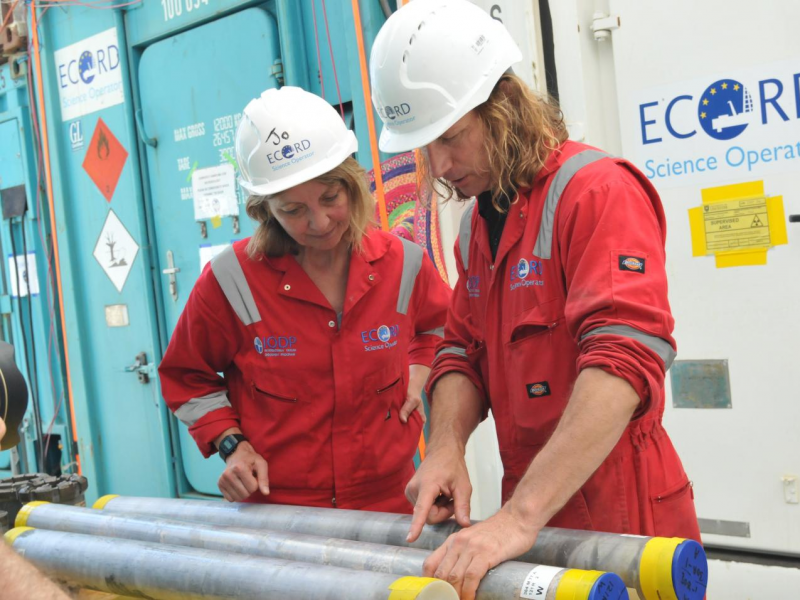
"It's an expanded record of events that we were able to recover from within ground zero," Gulick said.
The asteroid hit with the power of 10 billion atomic bombs
Here's what their timeline showed:
Within a minute of the impact, the asteroid had bored a hole nearly 100 miles wide into the seafloor, creating a bubbling pit of molten rock and super-hot gas. The contents of that fiery cauldron skyrocketed, creating a mountain-high plume.
The plume collapsed within minutes and solidified into rippling peaks of lava and rocky material. These peaks then got covered by more rocks, traces of burnt land, and charcoal transported there by ocean waves.
The presence of charcoal, the researchers said, is proof that wildfires ignited after the impact; some of the fires likely started hundreds of miles away from the crater.
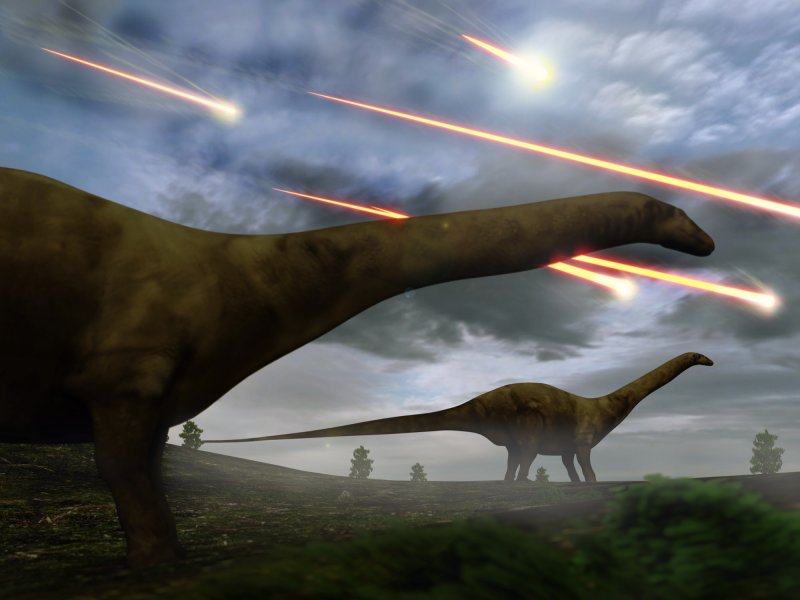
The authors estimated that the asteroid's power was equivalent to 10 billion of the atomic bombs used in World War II.
The space rock would have vaporized the surrounding land and sent ocean water rushing from the impact site at the speed of a jet plane, Gulick said. That water formed a tsunami, hundreds of meters high, that might have traveled as far as present-day Illinois before receding.
Gulick told Newsweek that the space rock would have come in at a speed of more than 12 miles per second, so even dinosaurs 1,000 miles from the impact probably didn't live very long before the heat reached them.
"Effectively within 1,500 kilometers you would have seen very little before being incinerated," he said.
The impact released billions of tons of sulfur into the atmosphere
Dinosaurs weren't the only creatures that went extinct after Chicxulub hit. Flying pterosaurs and marine predators like mosasaurs and plesiosaurs also disappeared, along with 75% of life on the planet.
Read more: T. rexes and other dinosaur skeletons look almost alive in a new set of remarkable photos
Many creatures died near ground zero, of course, but the mass extinction associated with the asteroid was likely a consequence of what happened in the atmosphere after impact.
According to Gulick's team, the impact vaporized sulfur-rich rocks, releasing a haze of gaseous sulfur into the air that blotted out the sun and cooled the planet.
The scientists came to this conclusion because the samples they unearthed contained lots of sandstone, limestone, and granite but lacked sulfur-rich rocks, even though rocks near the impact site should be replete with sulfur. So they estimated that at least 357 billion tons (325 billion metric tons) 0f sulfur gas entered the atmosphere.
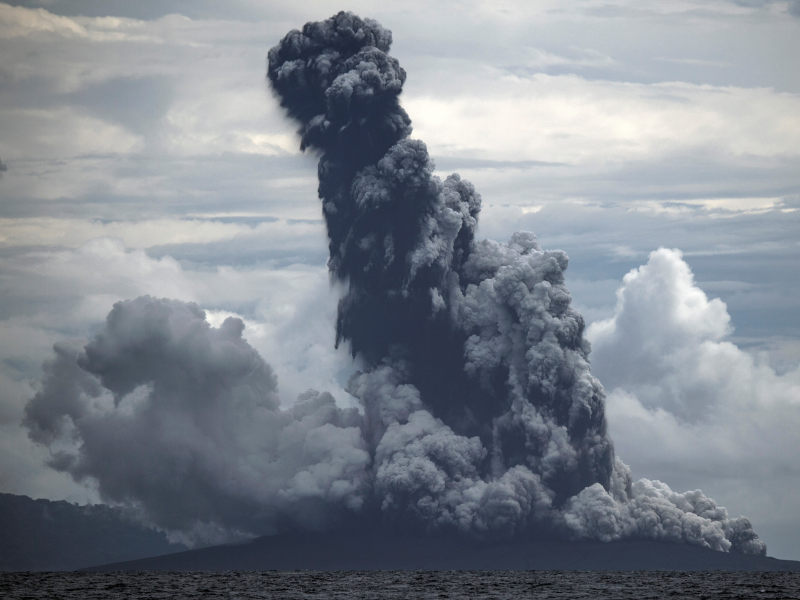
By comparison, the 1883 eruption of the Krakatoa volcano spewed about one-fourth of the sulfur into the atmosphere as the dinosaur-dooming asteroid. And that volcanic eruption cooled the Earth by 2.2 degrees Fahrenheit for five years.
The effects of the Chicxulub asteroid almost certainly lasted far longer than Krakatoa's, Gulick said.
In the case of Chicxulub, he told Newsweek, "temperatures globally would start to plummet as a sulfate aerosol haze surrounds the planet."
"The Earth would likely no longer look like the familiar blue marble from space," he added, "and it would take perhaps as long as two decades to clear again fully."

